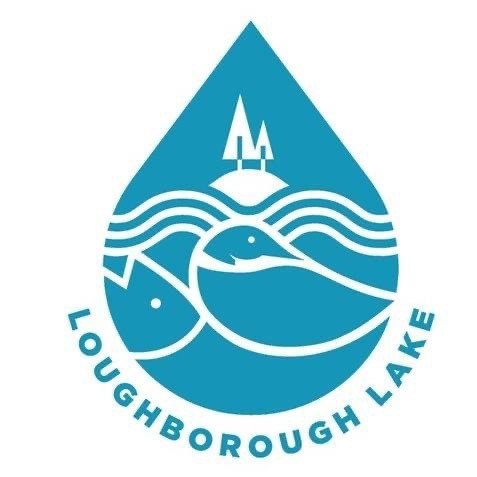Zooplankton Analysis of Loughborough Lake
In August 2017, over a period of nine days, MNRF’s Science and Research branch conducted the first ever Broad-Scale Netting program on the lake. The results were shared with you in the fall 2017 newsletter. Analysis of zooplankton in the lake took longer and Joel Clarke, a technician with MNRF, recently sent the results.
Using Google as my instructor (how else would one know what zooplankton, dinoflagellates, copepods, rotifers, daphnia, veligers, ostracods and leptodora are?), plankton are organisms drifting in oceans, seas and bodies of fresh water. Zooplankton, one of two categories of plankton, are primarily transported by water currents but many have the ability to move in order to avoid predators or to increase the prey encounter rate. The zooplankton feed on a variety of small organisms and are usually found in surface water where food resources are plentiful.
Three water samples, all in the west basin, were taken to analyze the presence of zooplankton. The first was a vertical haul type completed in a water depth of greater than nine metres off Davidson’s Beach. The second was taken at the same depth by O’Neil’s Point as the nearest landmark. The final sample was by the Perth Road boat launch and was considered a horizontal haul type in shallower water of less than nine metres.
In analysis of the first two samples, the team noted mostly dinoflagellates (ecologically important protozoan zooplankton group), algae, copepods (small crustaceans), daphnia (small aquatic crustaceans commonly called water fleas), and a few leptodora (nearly transparent predatory water fleas which swim and catch copepods). The second sample also had higher density veligers which are planktonic larva of many types of sea snails, freshwater snails and clams.
The final sample near the boat launch consisted mostly of algae, copepods, some plant remains, five juvenile zebra mussels and the lowest density zebra
10
mussel veligers compared to the other two samples. There were also more than 100 ostracods in this sample whereas the reading was zero for the other two. Ostracods, small crustaceans which are food for small fish, are very common in all freshwater lakes. Clarke indicated that this sample happened to randomly capture them while the other two didn’t this is perfectly fine.
The number of zebra mussels in all samples was greater than 100 which Clarke noted is a common value for lakes which contain zebra mussels. No bythos, an abbreviation for bythotrephs, an aquatic invasive species commonly known as spiny water fleas, were found in any sample. This is a good thing.
These zooplankton haul samples taken last year are meant to establish the presence or absence of aquatic invasive species, not their abundance. Many lakes in southern Ontario contain similar results to Loughborough’s. We are fortunate that with this initial sampling, a baseline has now been established in order to compare future readings.
